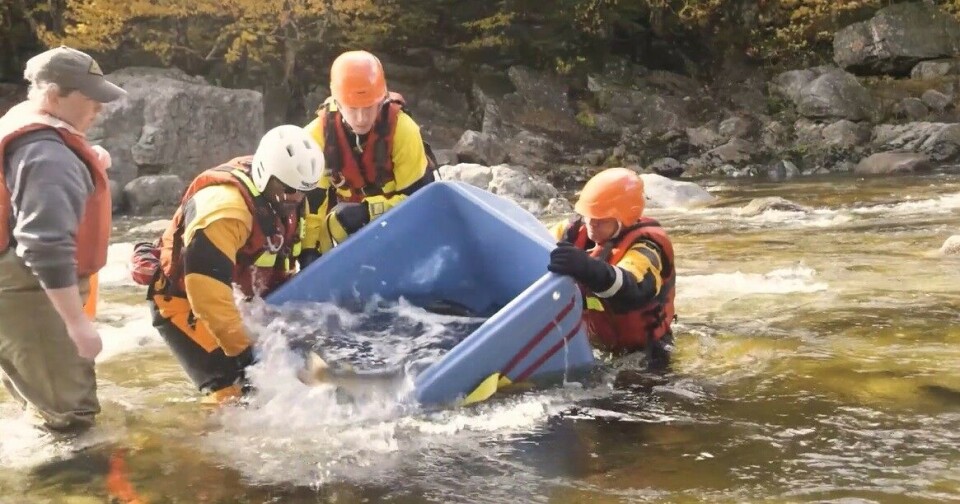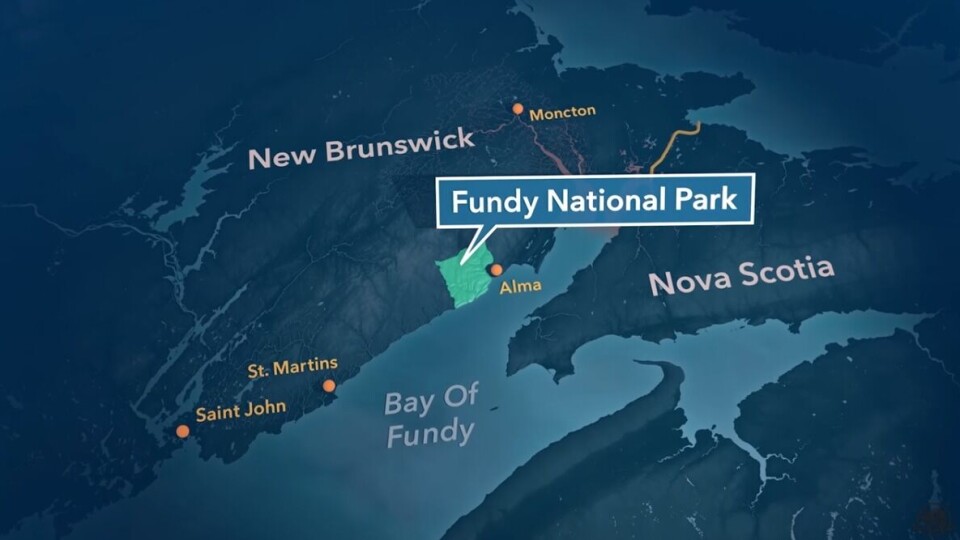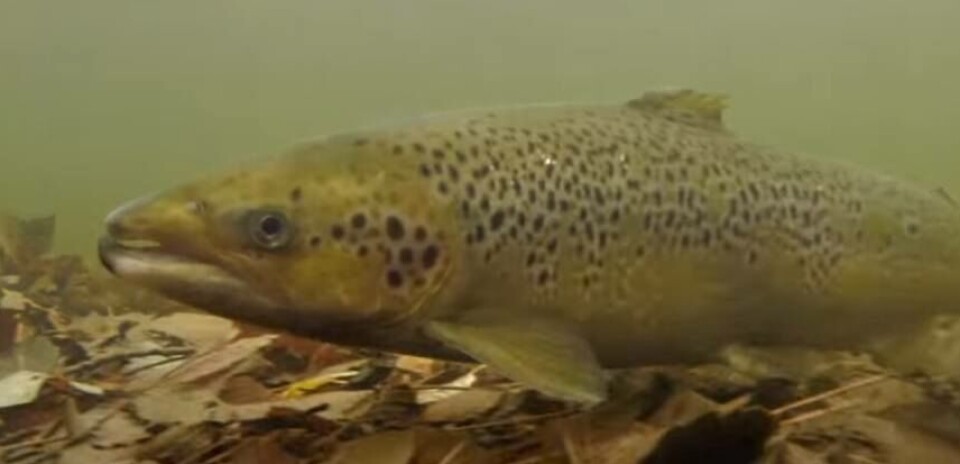
Hopes high as offspring of Cooke-raised wild salmon head to sea
A world-first wild salmon recovery programme involving Cooke Aquaculture has reached a significant milestone.

Wild-hatched inner Bay of Fundy Atlantic salmon are leaving their home rivers of Southern New Brunswick in eastern Canada for the first time and migrating to the Bay of Fundy to feed - an important step towards the protection and restoration of the endangered inner Bay of Fundy salmon, which is genetically distinct from other Atlantic salmon.
The parents of these young salmon were collected from the wild as juveniles and raised to maturity in the protection of the world’s first wild Atlantic salmon marine conservation farm, built and operated by Cooke in Dark Harbour, Grand Manan island.
Next generation
Once mature, the adult salmon were released into the Upper Salmon River in Fundy National Park to spawn the next generation of wild salmon, the first of which are migrating this spring. Hatched and grown entirely in the wild, these young salmon are a product of years of research showing that releasing wild adult salmon into their native rivers to spawn naturally can play a major role in restoring an endangered species.
Inner Bay of Fundy salmon have been bred in an on-land facility since 2007, and released annually into the river system. But while the breeding programme has secured the genetic security of the fish, there has been no marked increase in the number of adults to spawn.

Over that period researchers have discovered that the more exposure to the wild that the fish had, the better their chances of survival, with fish hatched in the wild proving the most robust. There was therefore a need for a lot of spawning-age adults to produce wild-hatched fish, and that was something Cooke’s salmon-growing expertise could deliver. It will grow on thousands of wild-caught juveniles over the coming years.
‘East Coast icon’
The company’s chief executive, Glenn Cooke, who is a keen fisherman, said: “The Atlantic salmon is an East Coast icon and the team at Cooke Aquaculture is proud to be part of the Fundy Salmon Recovery (FSR) collaboration that is helping put more and more of these fish in our waterways.
“From caring for the fish at the conservation farm on Grand Manan, to overseeing the safe transport of hundreds of mature adults from the ocean to the Upper Salmon and Petitcodiac Rivers, our local family company dedicates a great deal of time and resources to the project and the results make it all worthwhile.”
The FSR collaboration brings together provincial and federal governments, academic scientists, conservation groups. Parks Canada says that with appropriate modifications to adapt to individual circumstances, the FSR model could be replicated in other jurisdictions and revolutionise the recovery of fish populations around the world.
The Petitcodiac is a traditionally important river for the Fort Folly First Nation community, who take part in the FSR by catching the juvenile fish grown on by Cooke. Other partners in FSR are Parks Canada, Fisheries and Oceans Canada, the Province of New Brunswick, the University of New Brunswick, the Atlantic Canada Fish Farmers Association, and the Village of Grand Manan.
View a video explaining the FSR collaboration here.






















































